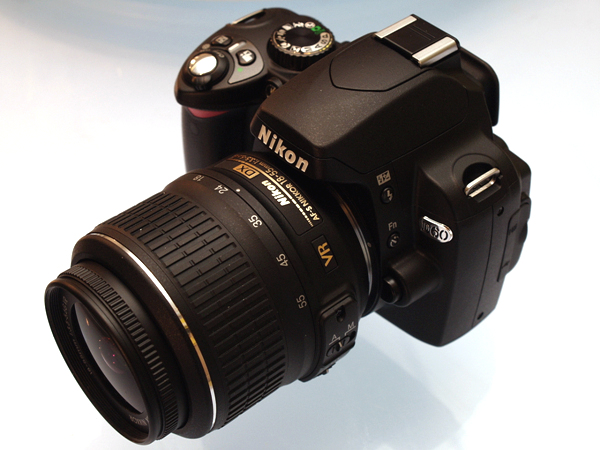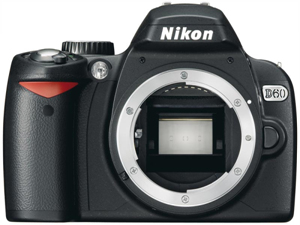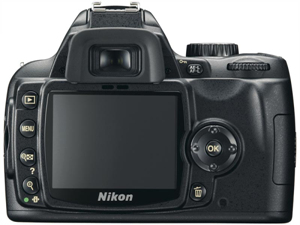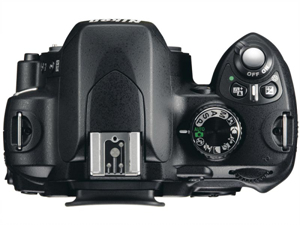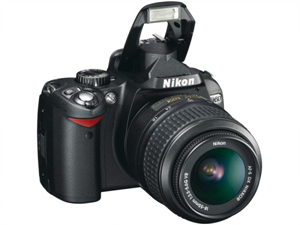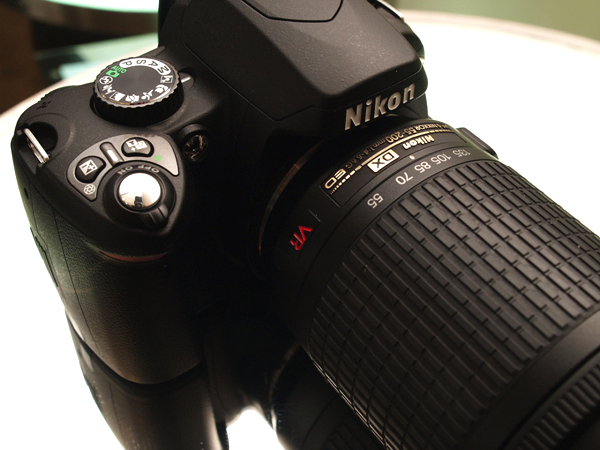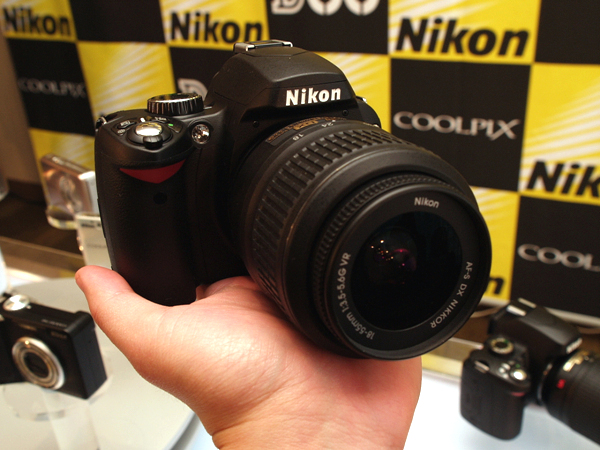Nikon D80 Review, September 2006, Phil Askey

Review based on a production Nikon D80
Two and a half years ago Nikon announced the six megapixel D70, their first affordable enthusiasts digital SLR, it proved to be a very popular camera and strong competitor to the Canon EOS 300D (Digital Rebel). Just fifteen months later Nikon revealed the D70s which was essentially the same camera with a some subtle tweaks (improved AF, wider flash coverage, higher capacity battery, larger LCD monitor). And so just over fifteen months on from the D70s Nikon present the latest incarnation of their 'enthusiasts' digital SLR line, the ten megapixel D80.
The D80 slots nicely between the entry-level D50 and the semi-professional / professional D200, clearly based on the D70 design but also different enough to be seen as a completely new model. It features a ten megapixel DX format CCD (the same we presume as used by Sony in the DSLR-A100), the metering sensor from the D50 and numerous other items taken or modified from the D200.
UPDATE 18/Dec/06: In our original review a mistake was made in the measurement of the ISO sensitivity of the Canon EOS 400D as used for comparison, this has now been corrected and the releveant pages of this review updated.
Key features
- 10.2 megapixel DX format CCD (1.5x FOV crop)
- Image processing engine (similar to D200 / D2X)
- 3D Color Matrix Metering II, 420 pixel sensor (same as D50)
- 11-area AF system (new version of Multi-CAM 1000, similar to D200)
- Custom Auto ISO (selectable maximum ISO, minimum shutter speed)
- Configurable high ISO and long exposure noise reduction
- Mechanical only shutter (maximum 1/4000 sec, flash sync to 1/200 sec)
- Quoted 80 ms shutter lag (short viewfinder blackout; 160 ms)
- Larger, brighter pentaprism viewfinder (x0.94 magnification)
- Support for SD-HC (SD cards over 2 GB in capacity)
- In-camera retouching
- D-Lighting (shadow / highlight enhancement)
- Red-eye reduction
- Trimming
- Monochrome
- Filter effects
- Small picture
- Image overlay
- Multiple-exposures
- Compact body (smaller, lighter than D70/D70s)
- Improved menu user interface (same as D200)
- Higher capacity EN-EL3e battery (provides detailed information, same as D200)
- Wireless flash integration (same as D200)
Compared to the Nikon D70s, major feature and specification differences
As you can see from the table below the D80 carries some quite significant improvements compared to the D70s, the only slight negative point being slightly slower maximum shutter speed and flash sync (this due to a lack of an electronic shutter).
| |
 Nikon D80 |
 Nikon D70s |
| Sensor |
• 10.2 million effective pixels
• 23.6 x 15.8 mm CCD (DX format) |
• 6.1 million effective pixel
• 23.7 x 15.6 mm CCD (DX format) |
| Image sizes |
• 3872 x 2592 (10.0 MP)
• 2896 x 1944
• 1936 x 1296 |
• 3008 x 2000 (6.0 MP)
• 2240 x 1488
• 1504 x 1000 |
| Autofocus |
• 11 area TTL
• Nikon Multi-CAM1000 |
• 5 area TTL
• Nikon Multi-CAM900 |
| Lens servo |
• Single-servo AF (AF-S)
• Continuous-servo AF (AF-C)
• Automatic AF-S/AF-C (AF-A)
• Manual focus (M) |
• Single-servo AF (AF-S)
• Continuous-servo AF (AF-C)
• Manual focus (M) |
| Metering |
• 420 pixel RGB sensor
• 3D color matrix metering II |
• 1005 pixel RGB sensor
• 3D color matrix metering |
| Metering range |
• EV 0 to 20 (3D color matrix / CW)
• EV 2 to 20 (Spot) |
• EV 0 to 20 (3D color matrix / CW)
• EV 3 to 20 (Spot) |
| Sensitivity |
• ISO 100 - 1600
• Up to ISO 3200 with boost |
ISO 200 - 1600 |
| Auto ISO |
• Selectable maximum ISO
• Selectable minimum shutter speed |
On/Off |
| Shutter |
Electronically controlled vertical-travel focal plane shutter |
Combined mechanical and CCD electronic shutter |
| Shutter speed |
• 30 to 1/4000 sec
• Bulb |
• 30 to 1/8000 sec
• Bulb |
| Flash sync |
1/200 sec |
1/500 sec |
| Built-in flash |
Guide number 13 (ISO 100) |
Guide number 11 (ISO 100) |
| Continuous |
• 3 fps
• 23 / 6 frames (JPEG / RAW) |
• 3 fps
• 12 / 4 frames (JPEG / RAW) |
| White balance |
• Auto
• 6 presets
• Kelvin color temperature
• Manual preset (immediate or from photo) |
• Auto
• 6 presets
• Manual preset (immediate) |
| Image presets |
Normal, Softer, Vivid, More Vivid, Portrait, B&W |
Normal, Vivid, Sharper, Softer, Direct Print, Portrait, Landscape |
| High ISO NR |
• Normal
• Low
• High
• Off
|
Fixed |
| Multiple exposures |
Yes |
No |
| Exposure delay |
Yes, optional, 0.4 sec (mirror lock-up) |
No |
| Viewfinder |
• Eyepoint: 19.5 mm (at -1.0 m-1)
• Frame coverage 95% (approx.)
• Magnification approx. 0.94x
• B-type Bright View Clear Matte II |
• Eyepoint: 18.0 mm (at -1.0 m-1)
• Frame coverage 95% (approx.)
• Magnification approx. 0.75x
• B-type Bright View Clear Matte II |
| LCD monitor |
• 2.5" TFT LCD
• 230,000 pixel TFT
• 170 degree viewing angle
• Removable protective cover |
• 2.0" TFT LCD
• 130,000 pixel TFT |
| Histogram |
Luminance & RGB histogram |
Luminance histogram |
| USB |
USB 2.0 Hi-Speed (480 Mbps max.) |
USB 2.0 Full-Speed (12 Mbps max.) |
| Storage |
SD / SD-HC card |
Compact Flash Type I or II |
| Battery |
Lithium-Ion EN-EL3e (7.4 V, 1500 mAh)
|
Lithium-Ion EN-EL3a (7.4 V, 1400 mAh) |
| Battery status |
• Remaining charge (%)
• No. of shots taken since last charge
• Battery life (5 stage) |
3 level on LCD panel |
| Vertical grip |
MB-D80 (optional) |
None (third party only) |
| Dimensions |
132 x 103 x 77 mm (5.2 x 4.1 x 3.0 in) |
140 x 111 x 78 mm (5.5 x 4.4 x 3.1 in) |
| Weight |
• No battery: 585 g (1.3 lb)
• With battery: 668 g (1.5 lb) |
• No battery: 595 g (1.3 lb)
• With battery: 679 g (1.5 lb) |
| |
| Image processing engine |
• New for D80
• Based on D200 / D2X
• 12-bit algorithms, 2-channel |
Unknown |
| Programmable FUNC button |
Yes |
No |
| In-camera retouching |
• D-Lighting
• Red-eye reduction
• Trimming
• Overlay
• Monochrome and Filter
• Small picture
• Image overlay |
No |
| Top panel controls |
• Metering mode
• Exposure compensation
• Shooting mode
• AF mode |
• Metering mode
• Exposure compensation |
| World time |
Yes |
No |
Two new AF-S lenses
In addition to the D80 Nikon has also announced two new lenses, the big zoom AF-S DX 18-135 mm (7.5x) is set to become the 'Kit Lens' (for another $300) of choice and features ED glass and a fast, quiet SWM (Silent Wave Motor), it should be available in September with the D80. The AF-S 70-300 mm VR (4.3x) offers long telephoto reach with optical Vibration Reduction and a SWM (Silent Wave Motor), it should retail for $699 and be available in October.
 |
 |
|
AF-S DX 18 - 135 mm F3.5 - F5.6G ED
(27 - 202.5 mm equiv. FOV, 7.5x zoom) |
AF-S 70 - 300 mm F4.5 - F5.6G VR
(105 - 450 mm equiv. FOV, 4.3x zoom) |
Foreword / notes
If you're new to digital photography you may wish to read some of our Digital Photography Glossary before diving into this article (it may help you understand some of the terms used).
Conclusion / recommendation / ratings are based on the opinion of the author, we recommend that you read the entire review before making any decision. Images which can be viewed at a larger size have a small magnifying glass icon in the bottom right corner of them, click to display a larger image in a new window.
To navigate this article simply use the next / previous page buttons or jump to a specific page by using the drop-down list in the navigation bar at the top of the page. You can support this site by ordering through the affiliate links shown at the bottom of each page (where available).
This article is protected by Copyright and may not be reproduced in part or as a whole in any electronic or printed medium without prior permission from the author.
Dpreview use calibrated monitors at the PC normal gamma 2.2, this means that on our monitors we can make out the difference between all of the grayscale blocks below. We recommend to make the most of this review you should be able to see the difference (at least) between X,Y and Z and ideally also A, B and C. |

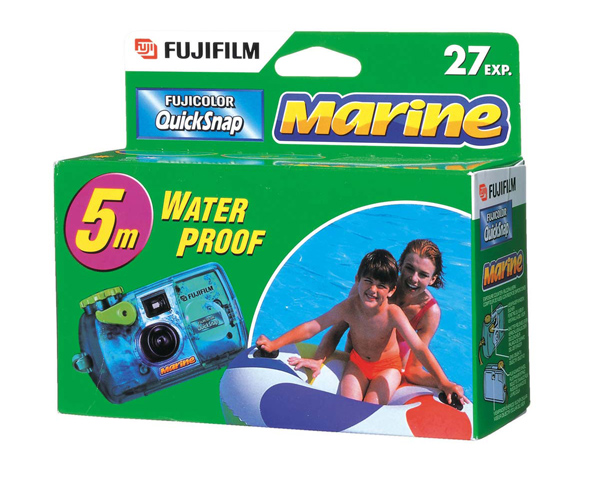







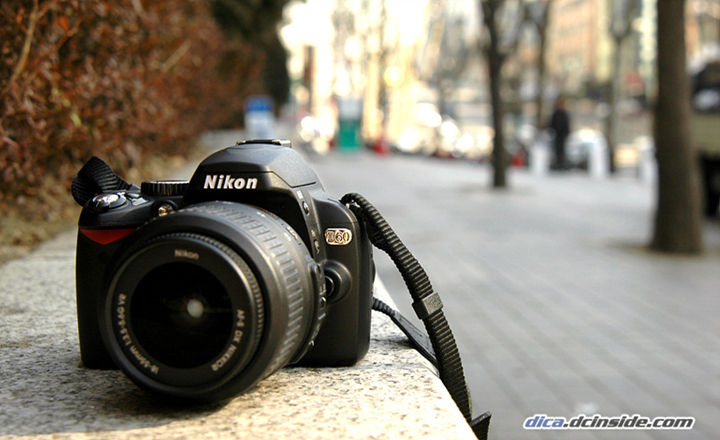
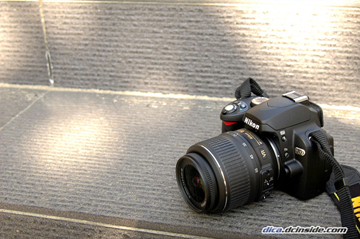
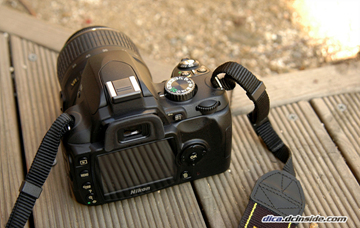
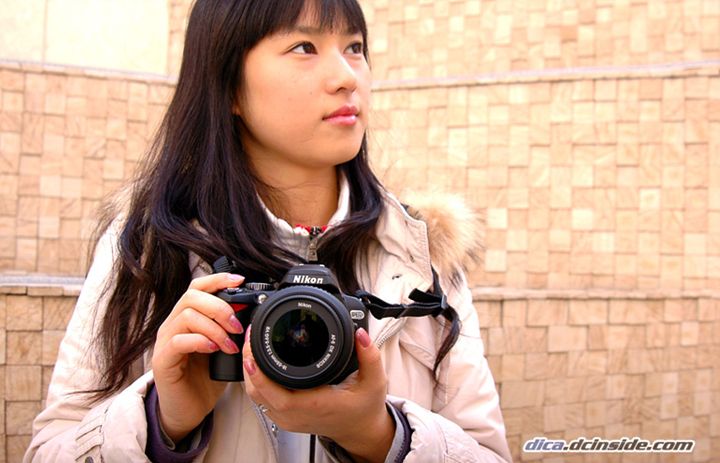

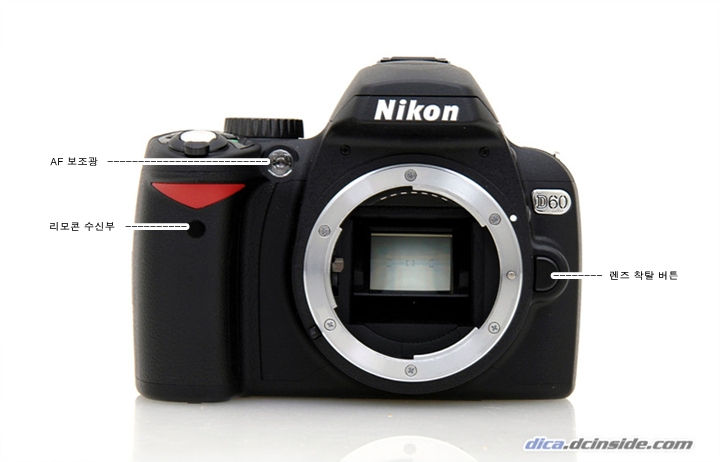
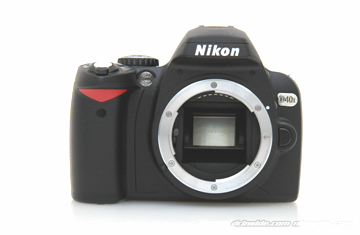
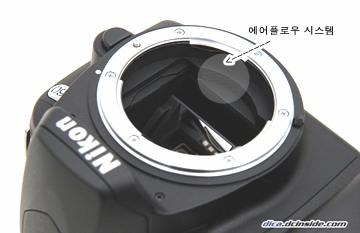
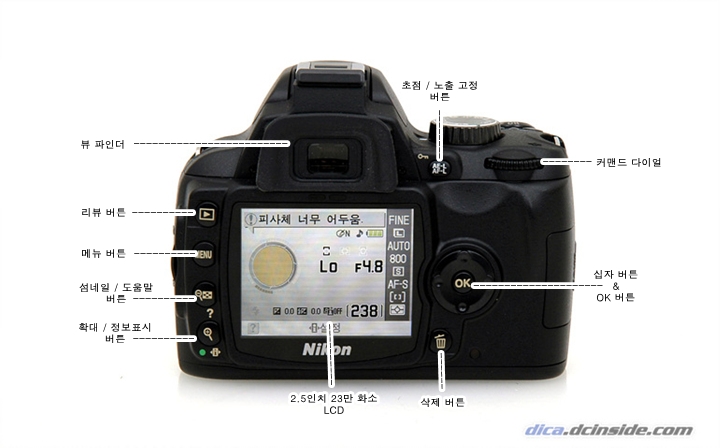
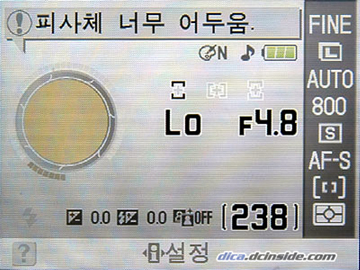
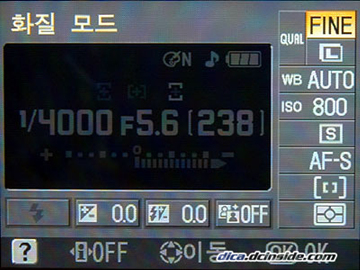
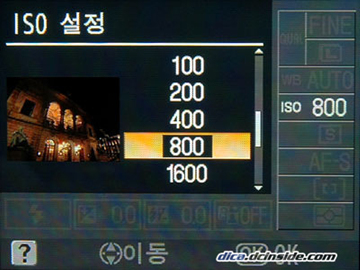
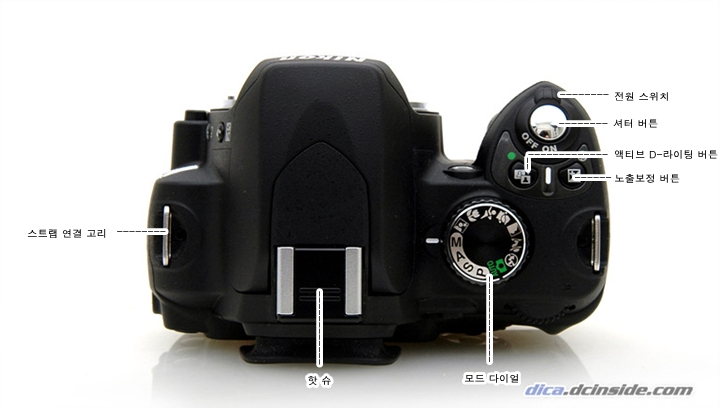
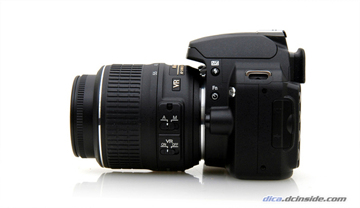
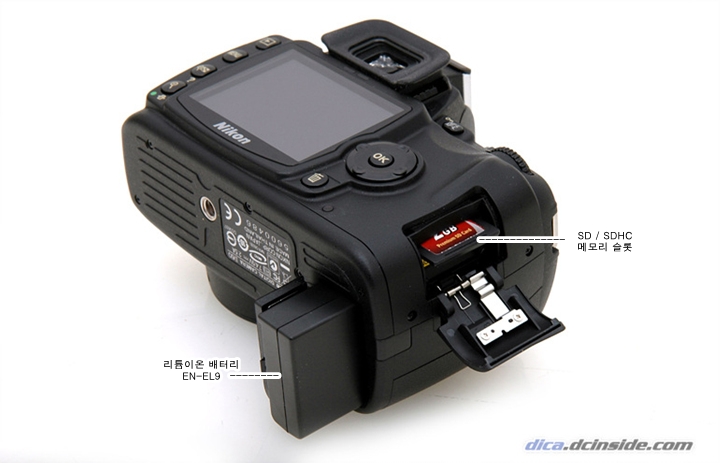
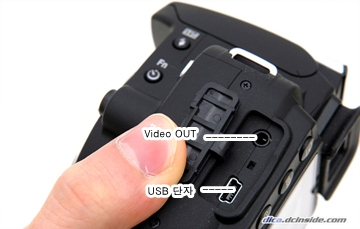
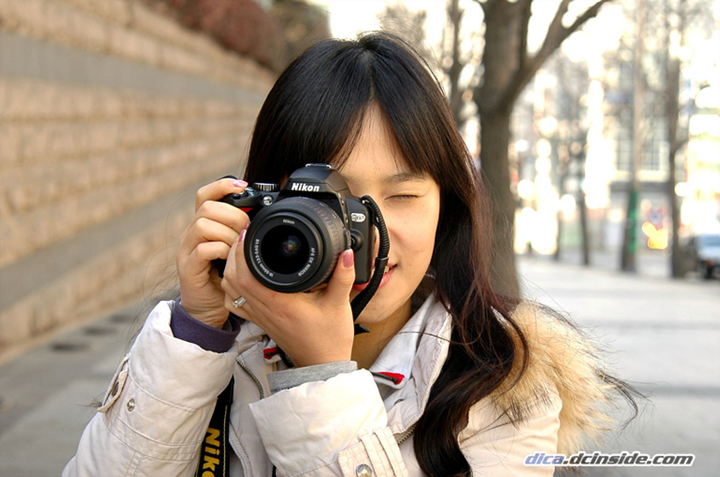
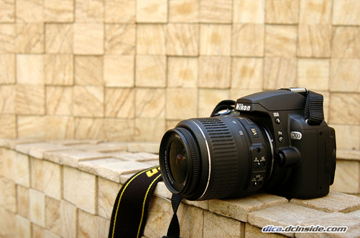
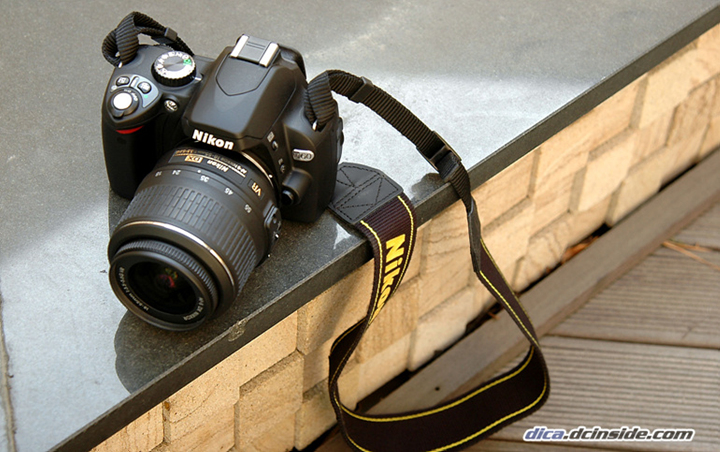

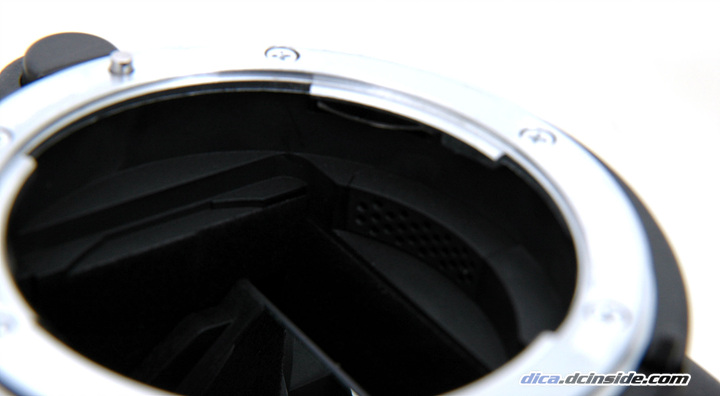
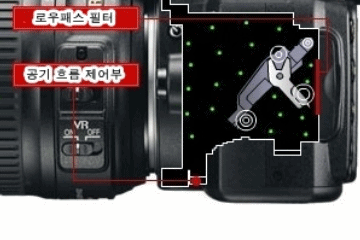

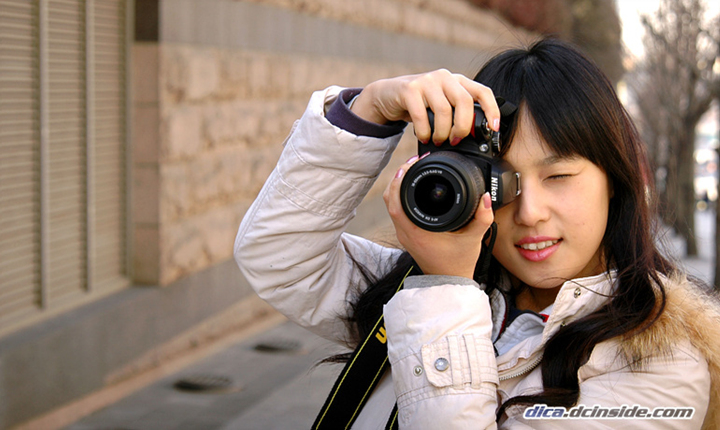
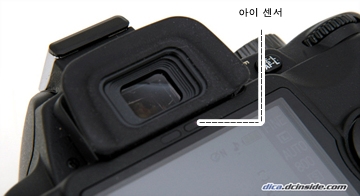
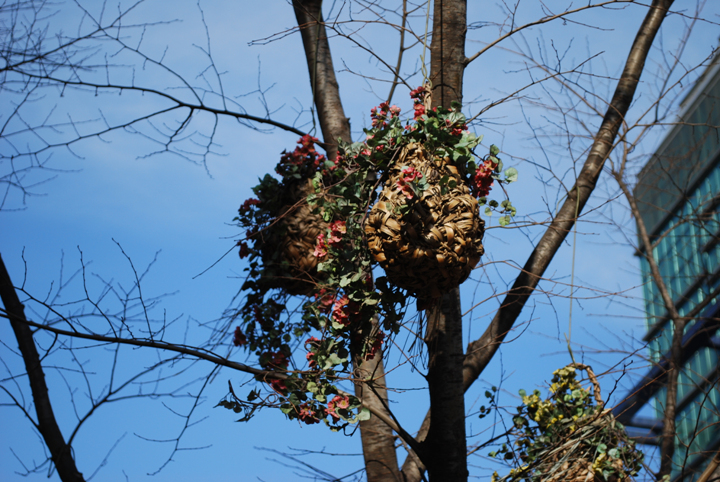
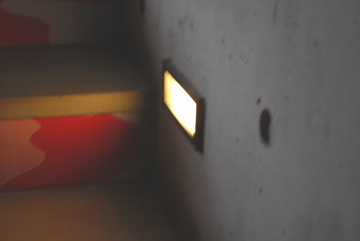
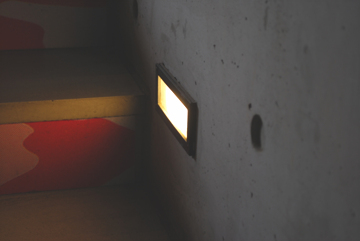
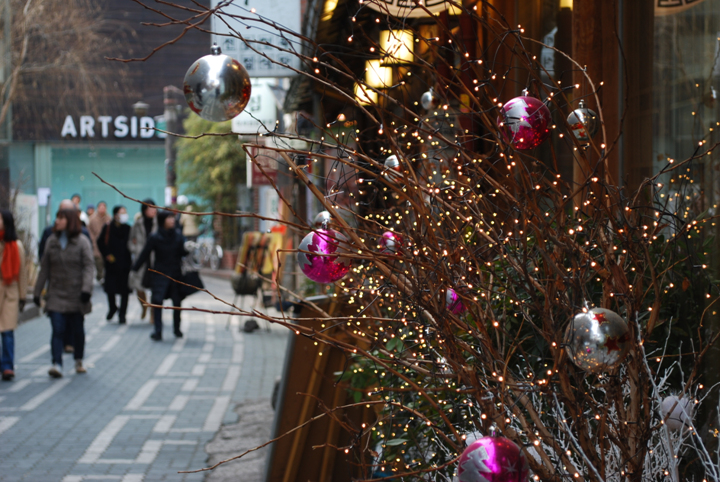

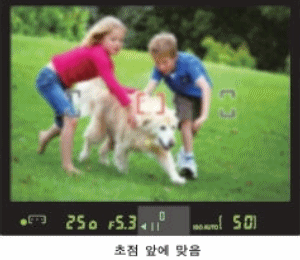
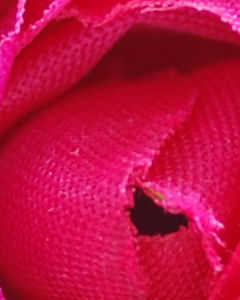
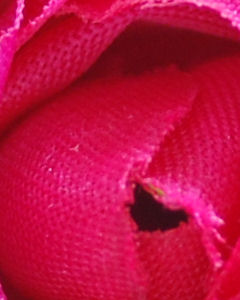
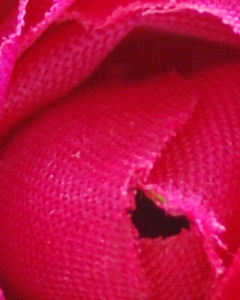
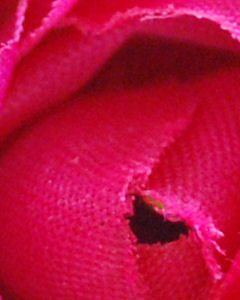
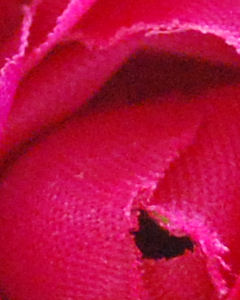
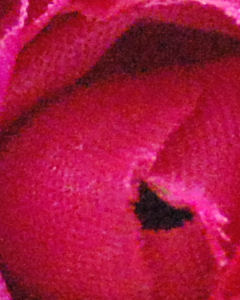

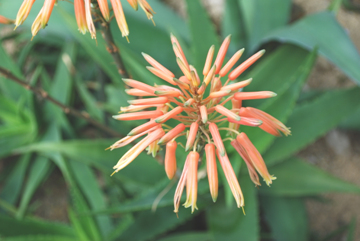
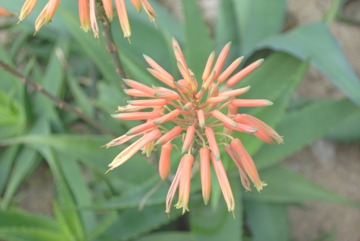
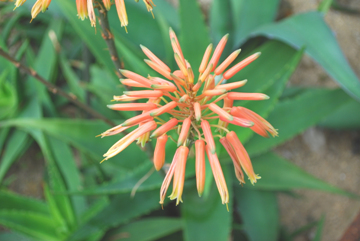
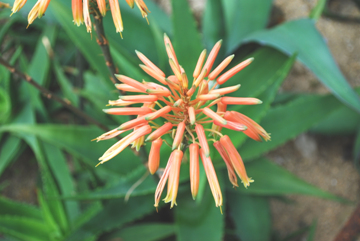
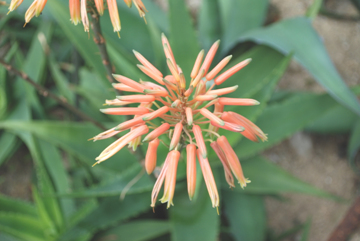
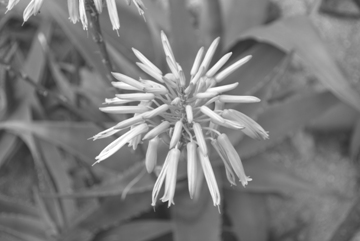
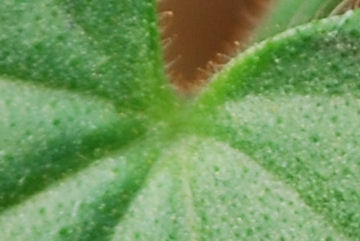
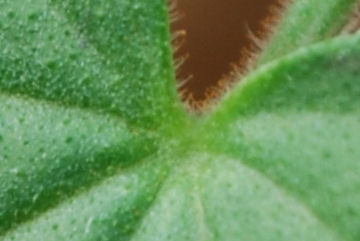

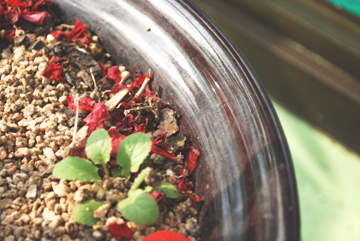
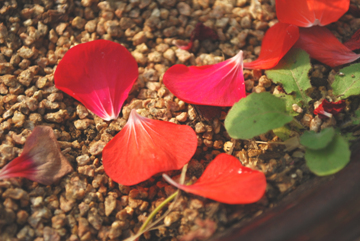


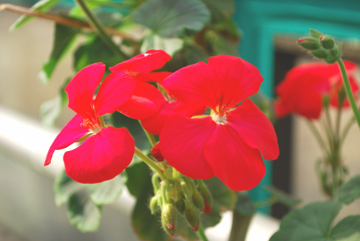
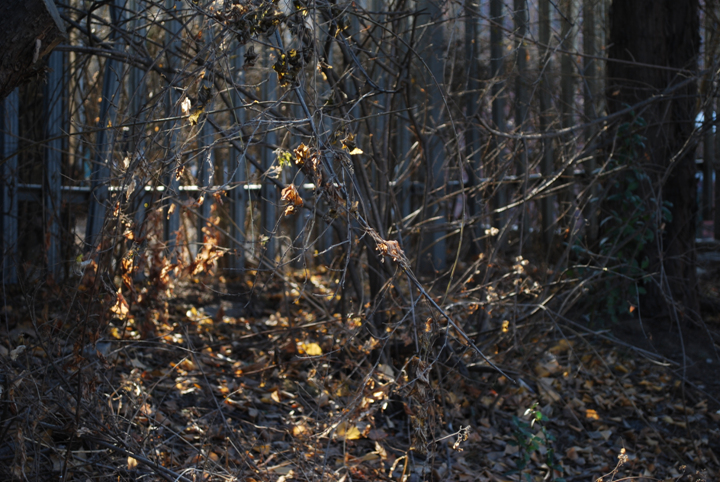
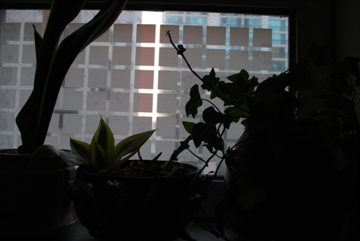
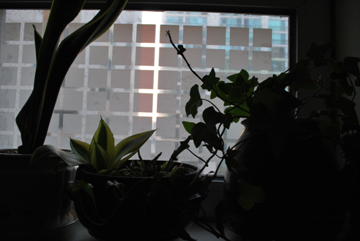
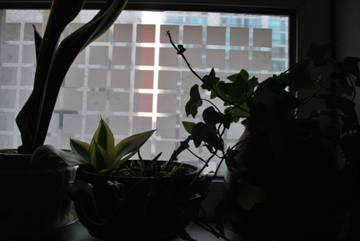
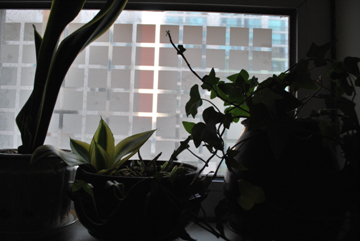
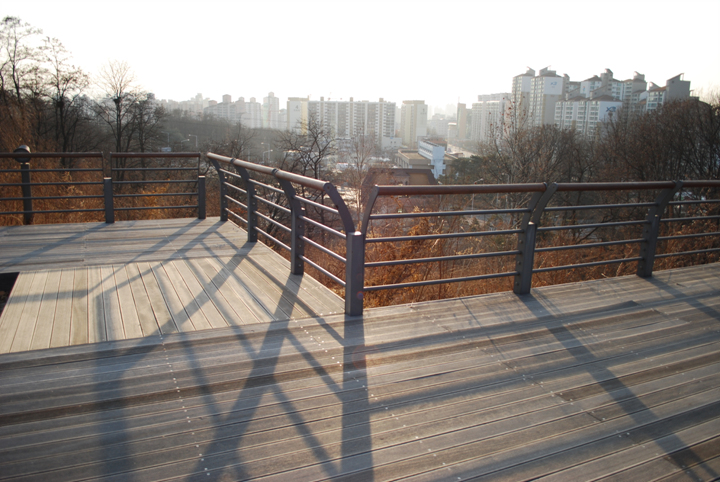
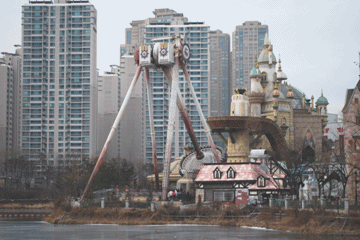
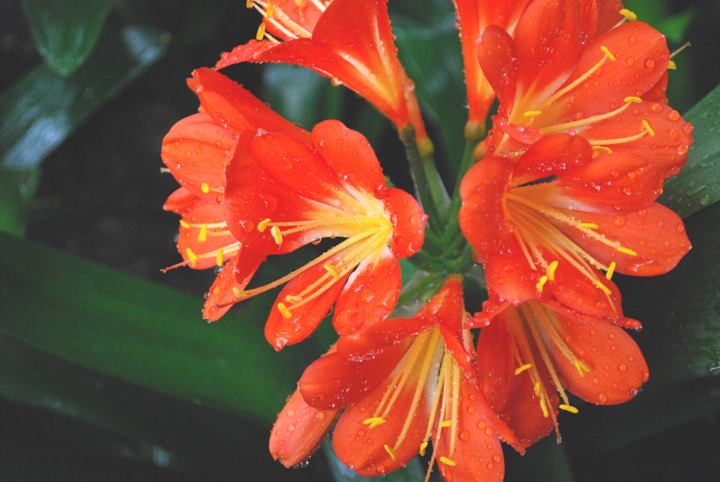

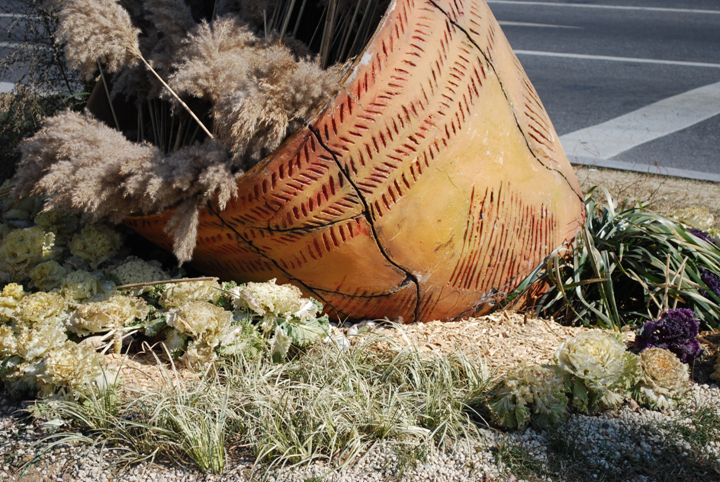
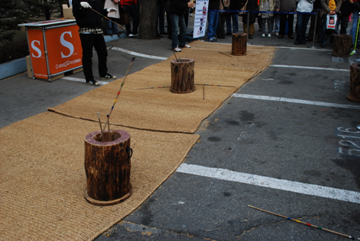
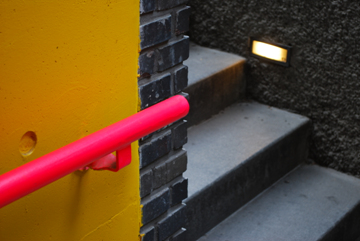
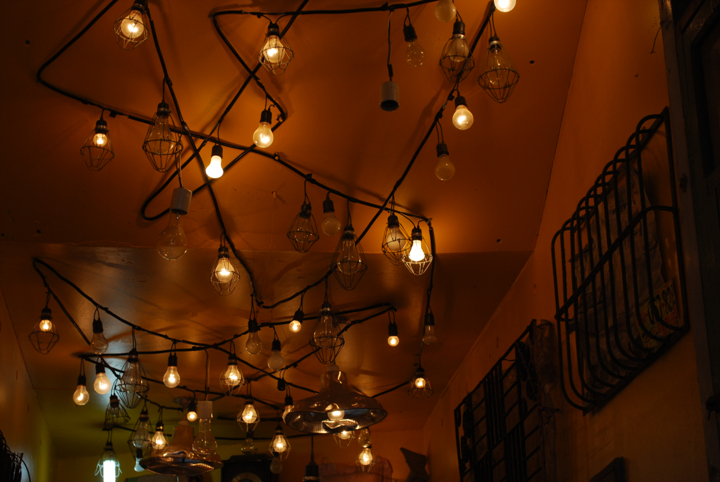
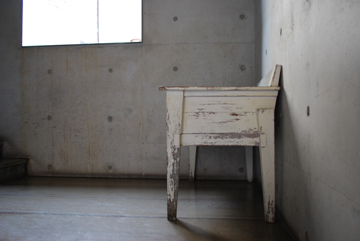
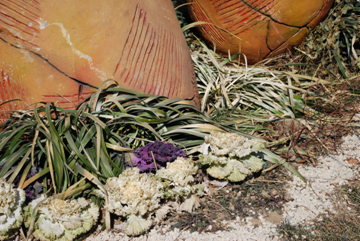
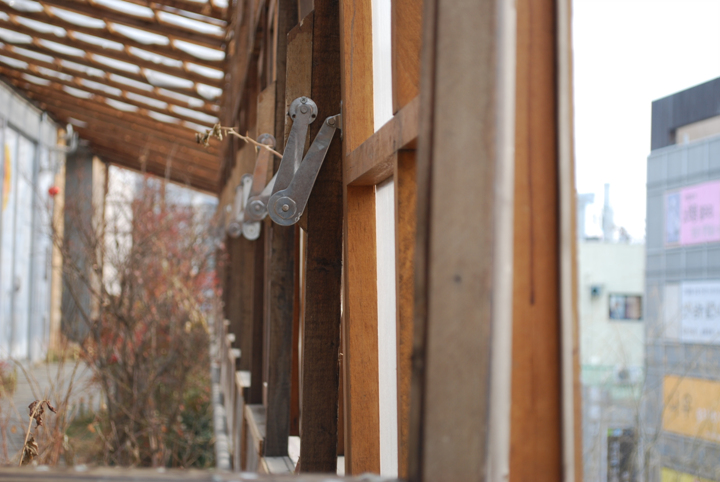
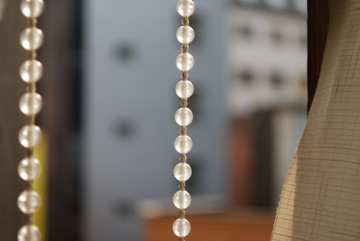
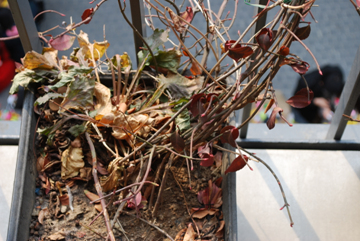
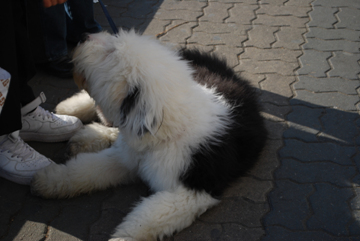
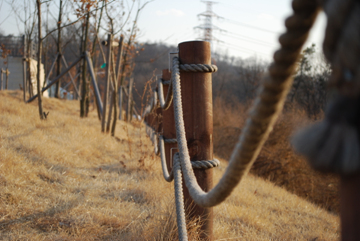
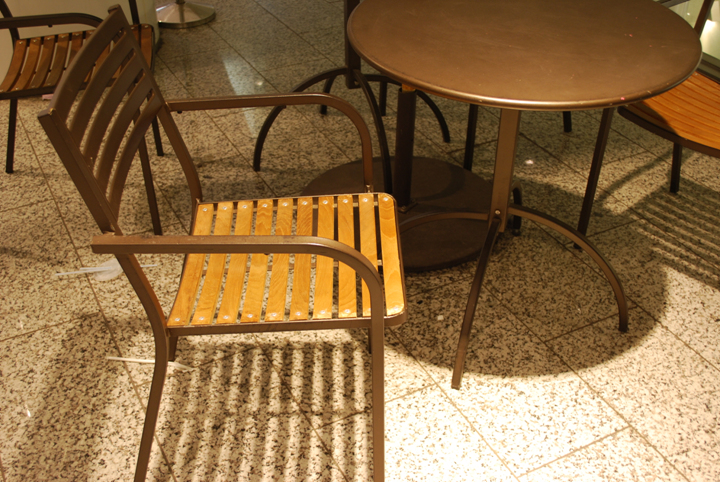

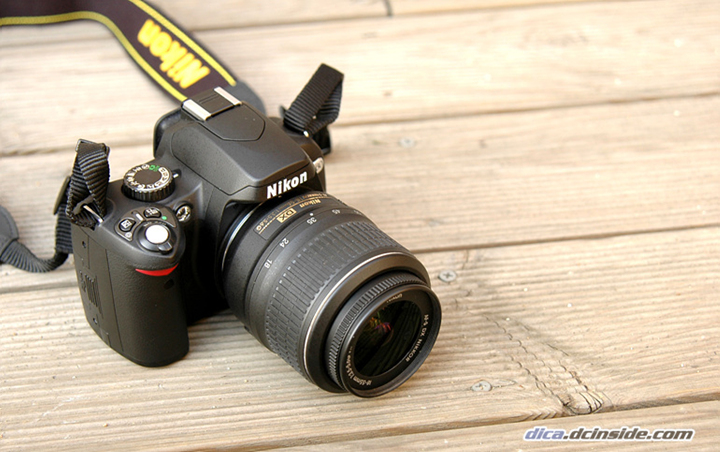
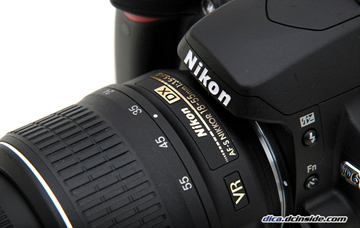
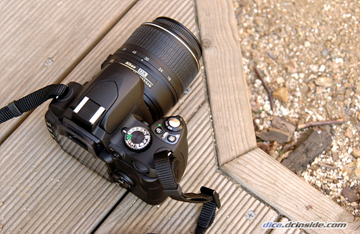
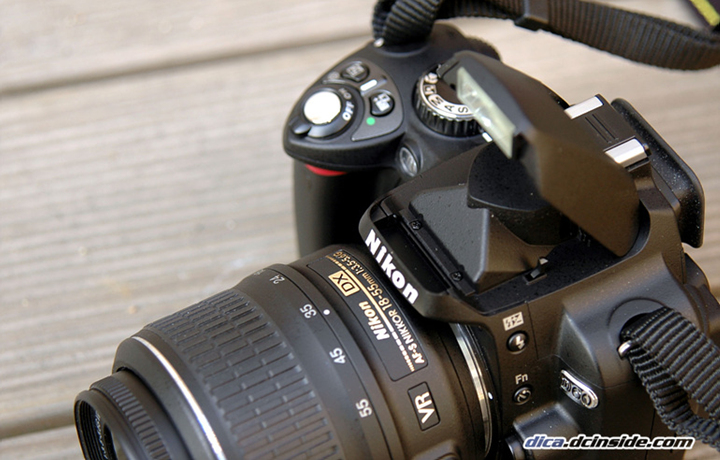
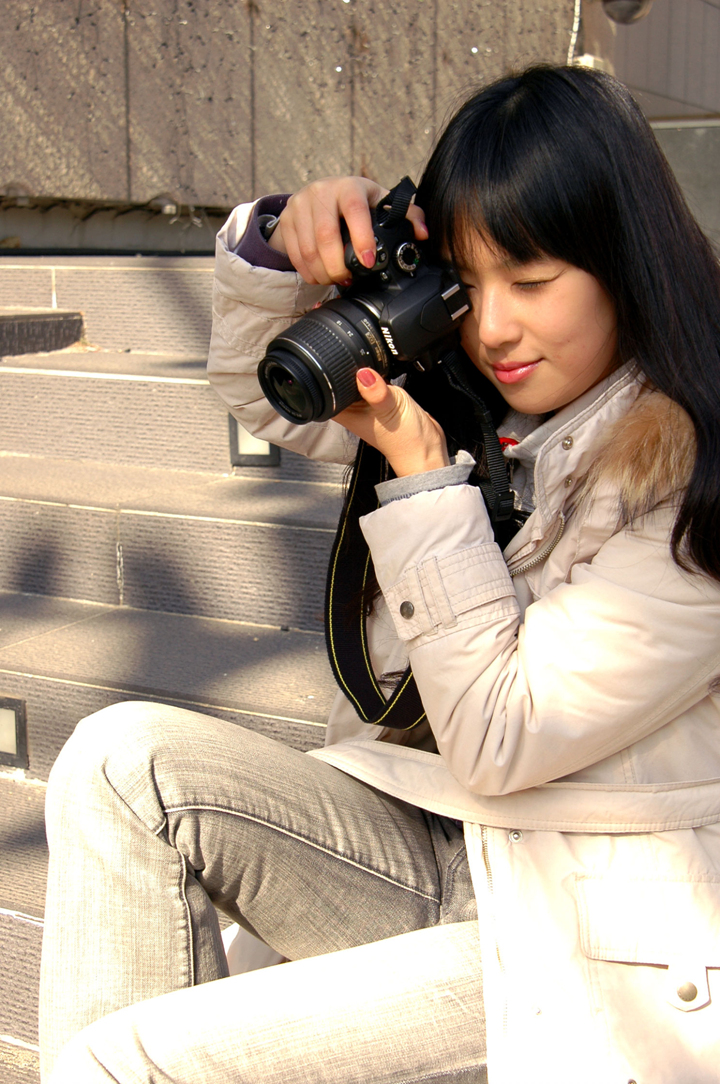
 TOP
TOP 

